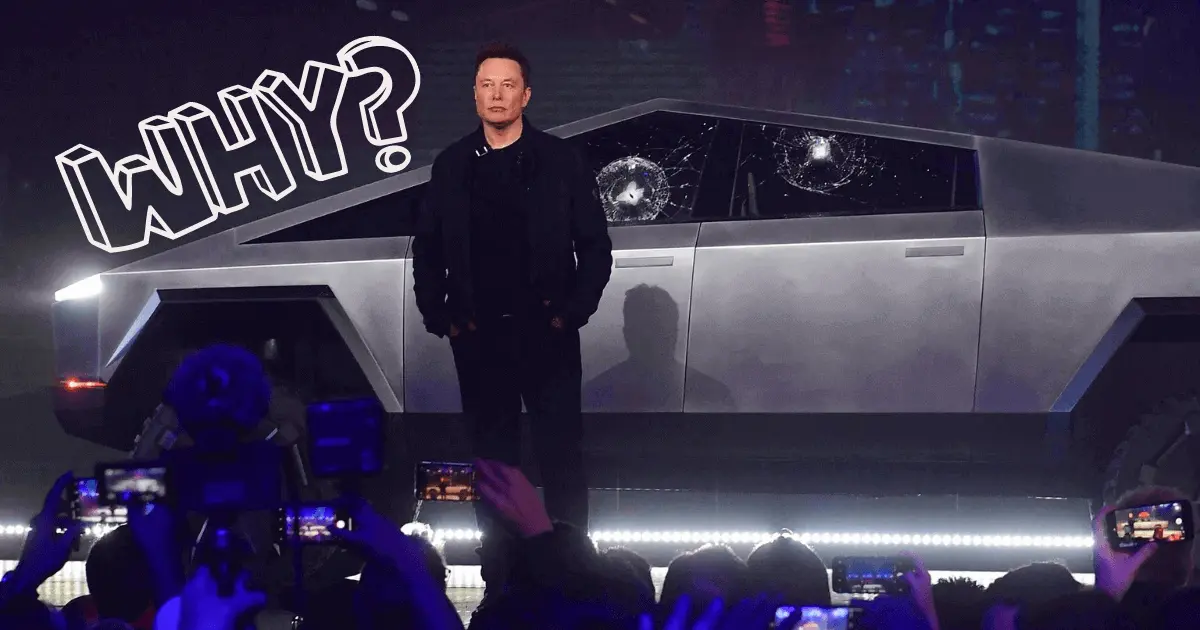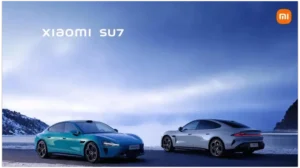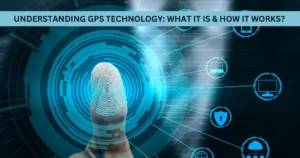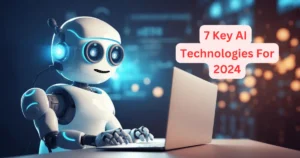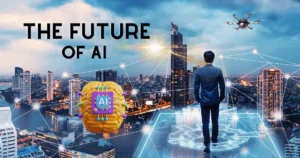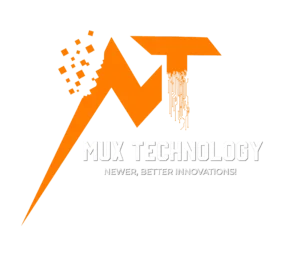Revolutionizing the car landscape, Tesla’s Cybertruck left an indelible mark with its radical design. Elon Musk’s brainchild aimed to redefine pickup truck aesthetics, but its grand unveiling took a surprising turn with shattered windows. This article navigates the intricacies in the back of the Cybertruck’s window mishap, unraveling the technological know-how, design selections, and what ‘Elon Musk explains why the Cybertruck’s windows broke’ that contributed to this sudden twist of events.
Unveiling the Cybertruck: A Grand Entrance or a Hasty Exit?
When Elon Musk unveiled the Cybertruck, the sector watched in awe because the angular, chrome steel exoskeleton made a grand front. The futuristic layout, coupled with promises of unequaled durability, had fans keen to embody this groundbreaking addition to the Tesla lineup. However, the unveiling event took a sudden turn while the supposedly unbreakable windows shattered all through a live demonstration, leaving many thinking about the reliability of Tesla’s claims.
The Science Behind the Glass: Promises and Realities
Tesla’s promise of an armored glass that might face up to sledgehammer blows raised eyebrows and expectations. The cyberpunk-stimulated truck was touted as a strong, futuristic automobile, but the truth of the glass’s strength was brought into question when the demonstration did not move as deliberately. Exploring the technology behind the glass well-known shows the sensitive balance between transparency and durability, a project that Tesla confronted in their pursuit of innovation.
The Impact of Design Choices: Aesthetic vs. Durability
The Cybertruck’s distinctive design, equivalent to a polygonal exoskeleton instantly out of a sci-fi film, became a formidable departure from traditional truck aesthetics. While this layout won accolades for its distinctiveness, it additionally posed challenges in terms of fabric alternatives and structural integrity. The balance between creating an aesthetically pleasing vehicle and making sure it meets stringent sturdiness requirements became a critical element in Cybertruck’s performance.
Materials Matter: The Glass Challenge
The preference for materials for the Cybertruck’s windows turned into an essential aspect of its design. The exoskeleton, made out of ultra-hard 30X bloodless-rolled stainless steel, contributed to the truck’s durability. However, the same couldn’t be said for the armor glass. Understanding the limitations of the selected substances and their compatibility with the general design is essential in decoding why the supposedly unbreakable windows failed at some point in the live demonstration.
Testing Protocols: Lessons From Failure
Every innovation comes with a learning curve, and Cybertruck’s window mishap was no exception. Testing protocols play a pivotal role in ensuring a car’s protection and reliability. The incident triggered Tesla to revisit and refine their checking-out approaches, figuring out weaknesses in the design and materials. Elon Musk’s transparency regarding the failure and dedication to addressing the problem showcased a willingness to analyze and adapt in the face of unexpected, demanding situations.
Communication Breakdown: Managing Expectations
The Cybertruck’s unveiling was a spectacle that captured the eye of the arena. However, the shattered windows stole the spotlight, leading to a communication breakdown between Tesla and its target market. Managing expectations is vital in the automobile industry, and the incident highlighted the significance of transparent communication about the demanding situations and limitations of contemporary technology.
Beyond the Hype: A Realistic Perspective
As the dust settled on the Cybertruck’s window mishap, a more sensible attitude emerged. While the incident garnered enormous attention, it need not overshadow the general innovation and ambition behind the Cybertruck. Acknowledging that setbacks are inherent in pushing technological obstacles allows for a more balanced assessment of the car’s capability effect on the automobile panorama.
Customer Feedback: A Driving Force for Improvement
Tesla’s client-centric approach has been a driving force behind its continuous development and innovation. Customer remarks, each fantastic and essential, serve as treasured input for refining designs and addressing shortcomings. The Cybertruck’s window incident triggered an inflow of feedback, allowing Tesla to think again and decorate the automobile’s features, making sure that future iterations learn from the lessons of the past.
Conclusion
In the grand narrative of car innovation, Cybertruck’s shattered home windows stand as an image of the demanding situations inherent in pushing the limits of design and era. Elon Musk’s insights into the incident, coupled with Tesla’s commitment to development, show off the resilience of an agency willing to research its errors. As the Cybertruck continues its adventure from hype to reality, it remains a testament to the unpredictable course of innovation and the determination required to navigate it efficiently.

